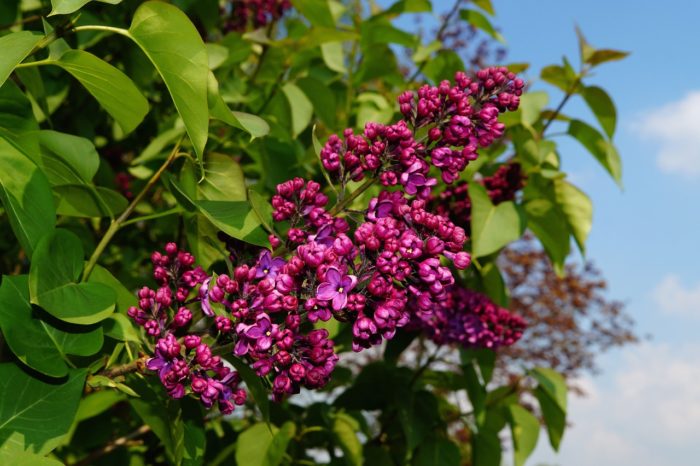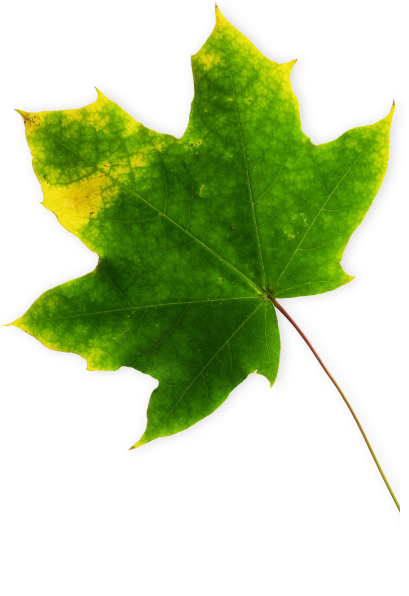As the colorful leaves fall and trees enter dormancy, November presents a great opportunity for homeowners across New England to inspect their landscapes and perform some light, strategic pruning. However, timing and technique are everything — pruning too much, or at the wrong time, can do more harm than good. Here’s what to focus on this month to keep your trees and shrubs healthy, safe, and ready for winter.
Focus on Safety and Damage Prevention
 With most leaves gone, it’s much easier to evaluate the structure of a tree or spot damage that may have been hidden during the growing season. This makes late fall a prime time for corrective pruning — especially when it comes to safety hazards.
With most leaves gone, it’s much easier to evaluate the structure of a tree or spot damage that may have been hidden during the growing season. This makes late fall a prime time for corrective pruning — especially when it comes to safety hazards.
Inspect your trees and shrubs closely and prune out:
- Broken or hanging limbs caused by strong winds or early snow
- Branches rubbing against one another, or those scraping against your home, siding, or roofline
- Limbs blocking walkways or driveways where they could pose a hazard
Removing these problem areas now helps prevent further breakage once snow and ice begin to accumulate. It also reduces the risk of falling limbs during winter storms — a common cause of property damage across New England.
Avoid Pruning Too Much at One Time
While it’s tempting to prune as much as possible at one time, thinking you can go longer between pruning, can be counterproductive. Cutting too much can stimulate sucker growth or new growth that won’t have time to harden off before freezing temperatures arrive. That tender growth is easily damaged by frost, which can weaken plants heading into winter dormancy.
For now, stick to light, corrective cuts only — Correct structure, remove damaged, diseased, or crossing branches. Save heavy rejuvenation pruning for late winter or early spring, when plants are fully dormant and conditions are more favorable for major work. Spring growth will then be forced into what is left behind
Spring-Flowering Shrubs
 If you’re looking at your lilacs, azaleas, rhododendrons, or forsythia and thinking they could use a trim —be aware! Though these plants can be pruned anytime, these spring-flowering shrubs set their buds in late summer and early fall. This means pruning them in November will remove some of next year’s blooms.
If you’re looking at your lilacs, azaleas, rhododendrons, or forsythia and thinking they could use a trim —be aware! Though these plants can be pruned anytime, these spring-flowering shrubs set their buds in late summer and early fall. This means pruning them in November will remove some of next year’s blooms.
To preserve your spring color, wait until right after they finish flowering next season to prune and shape them. That timing allows you to maintain plant form without sacrificing the beautiful blossoms you’ve been looking forward to all winter.
Keep Your Landscape Safe and Healthy Year-Round
Pruning plays an important role in keeping your trees and shrubs healthy — but timing and technique matter. While Natural Tree & Lawn Care’s focus is lawn and plant health care, we are part of Maltby & Co., which can assist with proper pruning, tree removal, and structural assessments to keep your property safe.
If you notice signs of pests, disease, or nutrient stress, our team of experts are here to help. Our team provides comprehensive tree and shrub fertilization programs, disease management, and pest control solutions designed specifically for New England landscapes.
Contact us today to keep your trees and shrubs strong, healthy, and protected year-round — and reach out to Maltby Tree Services for any pruning or removal needs. For additional articles on Trees and Shrubs, check out our blog!
